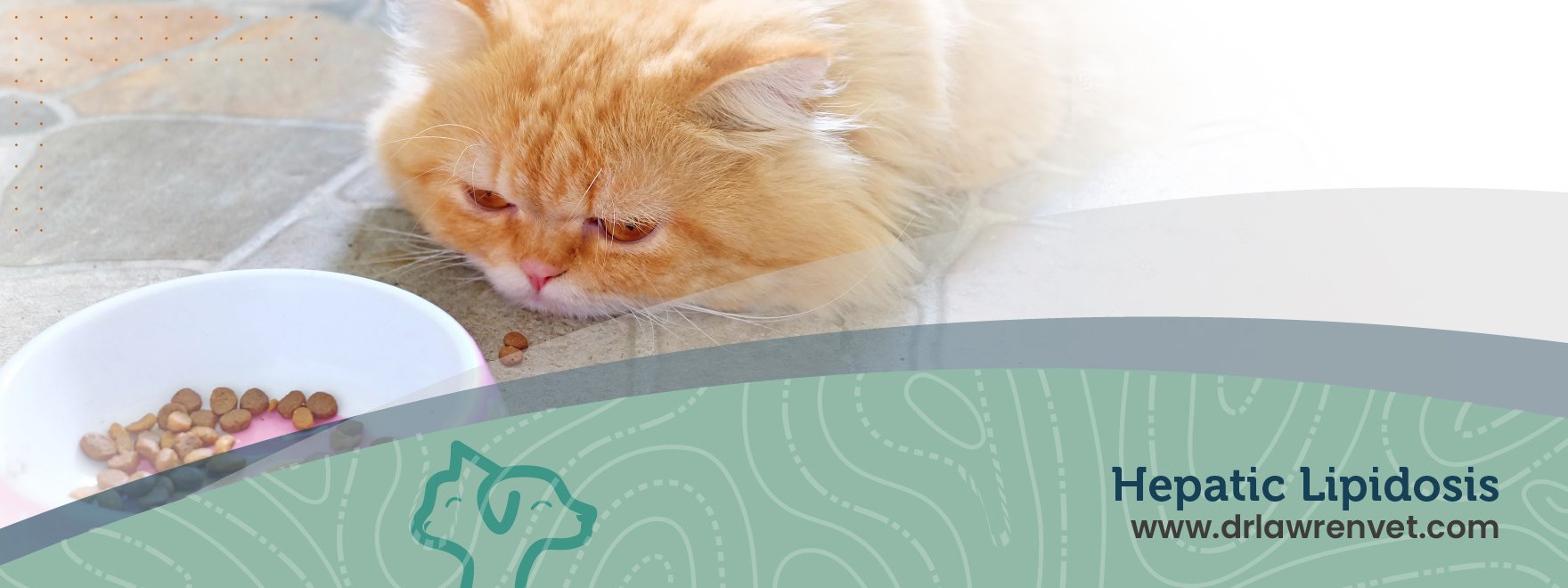Hepatic Lipidosis
There are many reasons why vets recommend that you watch your cat’s appetite closely. First, a cat’s appetite is a good indicator as to how they are feeling. While a loss of appetite may be a useful clinical sign, not eating can actually be a primary problem that causes liver failure. When cats don’t eat, their body mobilizes fat stores to provide them with energy. This fat then overwhelms the liver, leading to a condition called hepatic lipidosis (also known as fatty liver). Hepatic lipidosis can lead to liver failure, which may not be reversible. We don’t know how long it will take for each cat to develop this – some cats develop this after a few days of not eating, others never develop it. The timing is influenced by the size of the cat (overweight cats have this happen more frequently) and any underlying health conditions (such as diabetes).
Signs of hepatic lipidosis include:
Not eating
Vomiting
Jaundice (yellowing of the skin and the whites of the eyes)
Lethargy (not interacting like usual)
Diarrhea
If your cat is not eating for more than one day, pay close attention! Your cat should be checked by your veterinarian. Your vet will do an exam and perform tests to try to find out why your cat isn’t eating and to determine if the liver has been affected. If we can find the underlying cause and treat it, your cat will most likely start eating better, but this is not always possible. Even if we don’t find the underlying cause, we need to treat the symptom of not eating (called anorexia). This means that we need to make your cat eat - either via a feeding tube or with appetite stimulants – to try to prevent further consequences like hepatic lipidosis.

